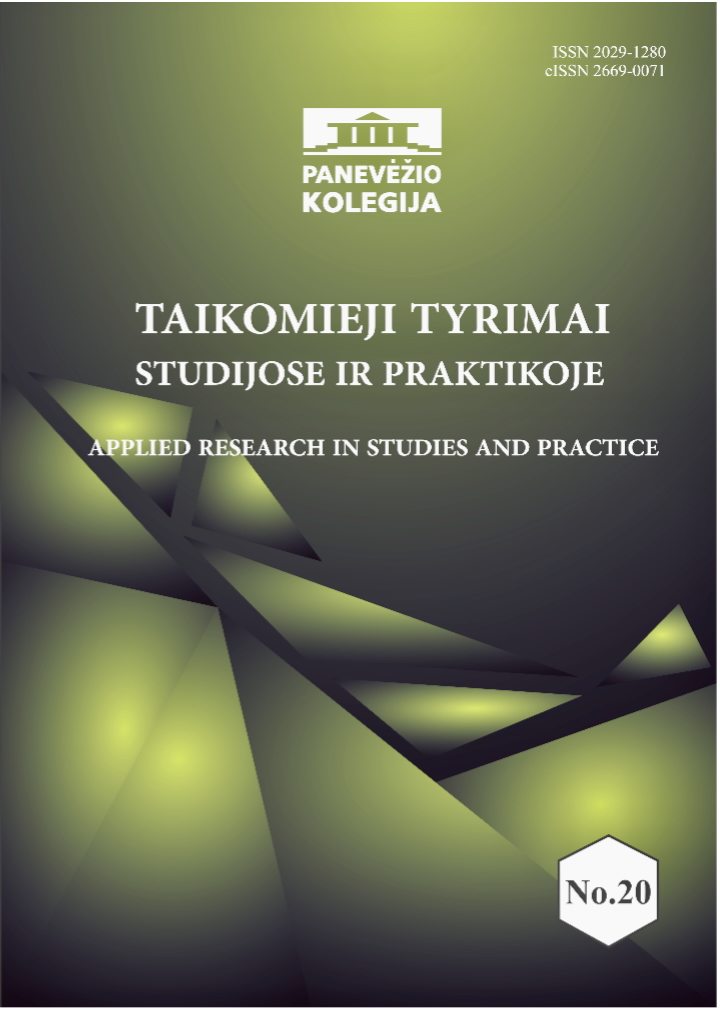TOPSIS-BASED PERFORMANCE ASSESSMENT OF EXTERNAL WALL MASONRY BLOCKS FOR A NET-ZERO ENERGY RESIDENTIAL BUILDING
Keywords:
external wall, masonry block, net-zero energy residential building, TOPSIS methodAbstract
This article investigates the use of the Technique for Order Preference by Similarity to Ideal Solution (TOPSIS) method for evaluating the performance of external wall masonry blocks in a net-zero energy residential building. Four alternative masonry blocks (autoclaved aerated concrete block “Bauroc 200 mm Classic’ (B1); silicate block “ARKO 180 mm M-18” (B2); ceramsite block “5 MPa FIBO 200 mm” (B3) and ceramic block “Porotherm” 188 mm 18,8 P+W”(B4)) were assessed based on six criteria: the design value of the thermal conductivity coefficient (W/(m·K)); the price of the blocks and insulation EPS70N (€/m²); the resistance to freezing/heating (cycles); the compressive strength (MPa); the weight of the wall blocks (kg/m²) and the sound reduction index (dB). The results of the empirical research indicate that the ceramic block “Porotherm 188 mm 18.8 P+W” is the most effective wall masonry block for a net-zero energy residential building. This block achieved the highest relative performance score (0.8529). In contrast, the ceramsite block “5 MPa FIBO 200 mm” (0.4326 points) and the silicate block “ARKO 180 mm M-18” (0.4331 points) were the least effective alternatives among the four tested block types.
Downloads
Published
Issue
Section
License
Copyright (c) 2024 Taikomieji tyrimai studijose ir praktikoje - Applied research in studies and practice

This work is licensed under a Creative Commons Attribution 4.0 International License.

This work is licensed under a Creative Commons Attribution 4.0 International License.
Please read the Copyright Notice in Journal Policy.



